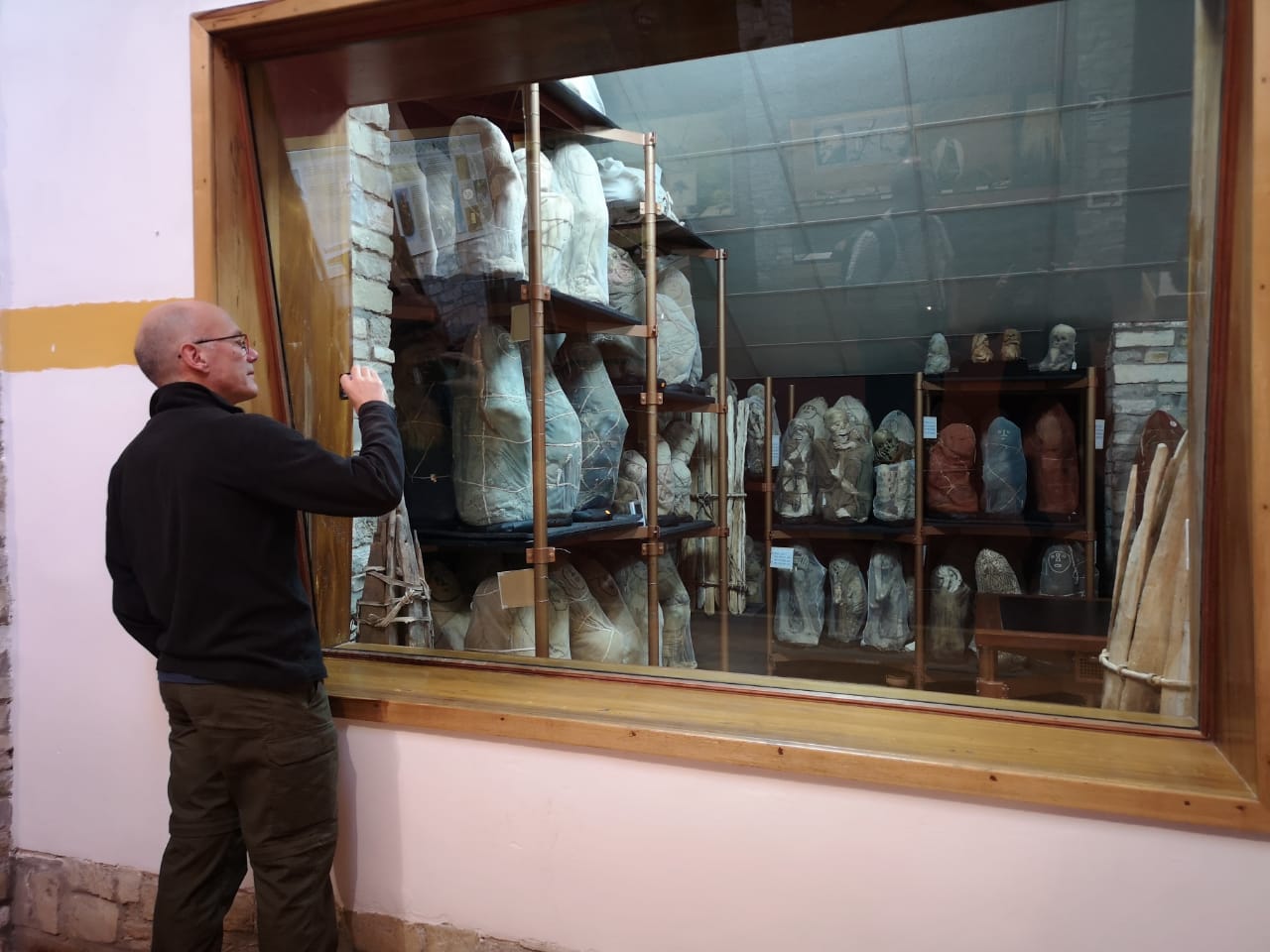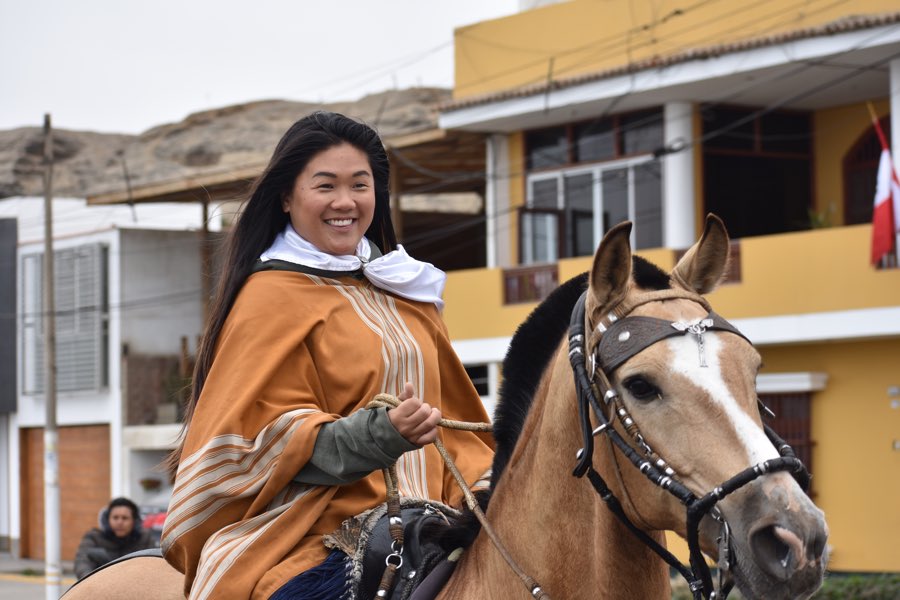Article written by Mathilde Lombard, translated by Shirley Lopez
Leymebamba, a small rural town in northern Peru, located a few hours from Chachapoyas, is not easily accessible. Arriving at its small but lovely Plaza de Armas, one wonders who decided to build a museum so distant from everywhere… But just as remote as it is, the Museum of Leymebamba is just worth it!
An unexpected discovery at the origin of the Museum
Leymebamba is actually the closest town to the Laguna de los Cóndores (10 hours walking, which is not that close !) where farmers by chance met a true archaeological treasure in 1997. By working the land, local residents have discovered this important necropolis. Unfortunately, these remnants of the Chachapoyas civilization quickly fall into the hands of grave robbers that finally leave the site, disappointed at not finding any precious metal. The archaeologists Sonia Guillen and Adriana von Hagen arrive a few days later at the scene in time to save the necropolis.
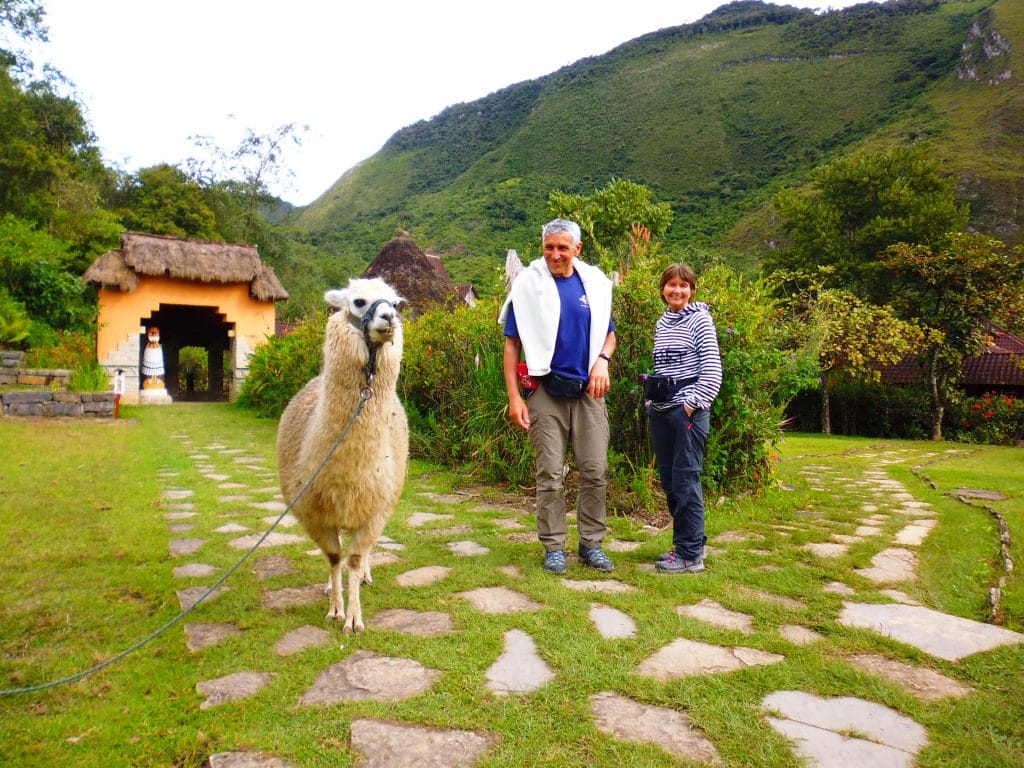
The museum of Leymebamba was quickly built, in a hurry to find a place for the conservation of this treasure. It is through collaboration between local communities, international financial help and teams of archaeologists that many objects have been exhumed and the museum was founded. It was build according to the construction techniques and local architecture reminiscent typical for the Chachapoyas culture roundhouses. The garden will delight nature lovers : in season, you can admire many species of orchids.
The discovery of the Chachapoya culture
Excavations at the site of the Laguna de los Cóndores have discovered an impressive collection of daily and funerary objects. Most correspond to the period of the Chachapoya, the eleventh century to the fifteenth century. Some are also dated from the Inca-Chachapoya period after the conquest of Kuelap in 1570.
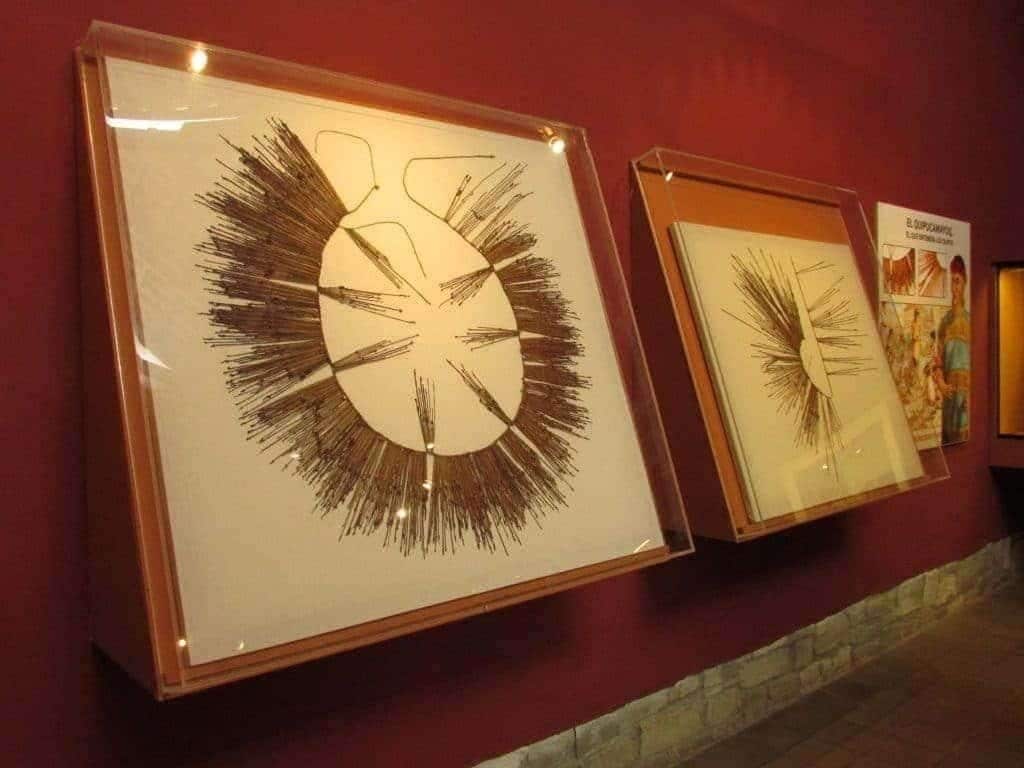
In particular, they found a Quipu (pronounced Kipou), a complex system of knots. They resemble large necklaces, but actually allow to count and tell stories. They belong to the period of the Inca domination, a civilization that knew the writing!
In the five rooms of the museum, there are also explanations of the major archaeological sites in the region, as the Sarcophagi of Karajia. They are represented in the form of models in their actual size in the museum entrance.
The Museum of Leymebamba’s treasure: Mummies
The most impressive discovery is the “collection” of more than 200 mummies in excellent condition. To preserve them, they are exhibited in a dark room, at the same temperature and moisture that in the mausoleum where they were deposited. They are there after almost 6 centuries.
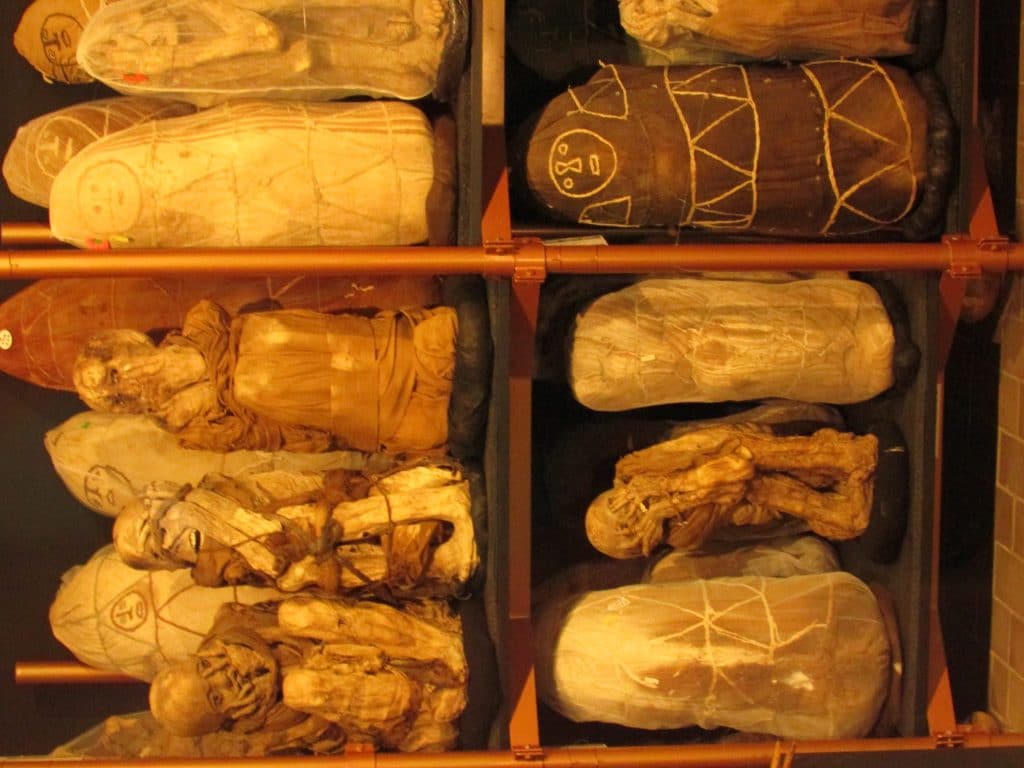
When we think about mommies, we immediately think about Egypt! But the Chachapoya had a good way to preserve their dead. First, they emptied the organs of the body in order to prevent rotting, and then they refilled the holes with cotton. After a drying period, the bodies were placed in fetal position and surrounded by mantles before placing all within a shroud of cotton decorated with different motifs! This technique allows the mummies to defy the centuries and be found with hair and teeth in good conditions.
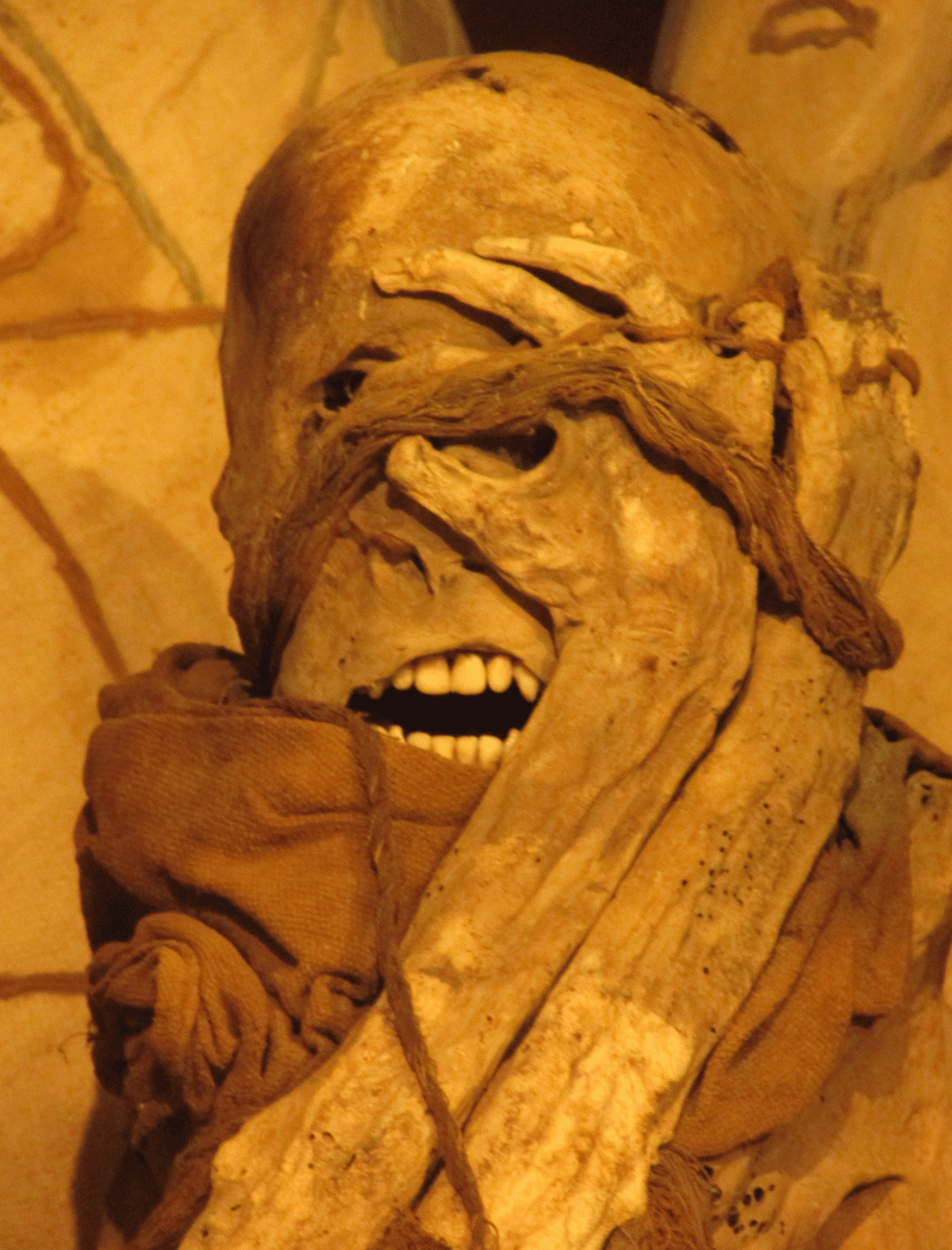
Imagine – being 600 years old and having all your teeth! Thus, while most of the body is kept in its shroud, some mummies are visible enough to feel a cold hiver in your back!


